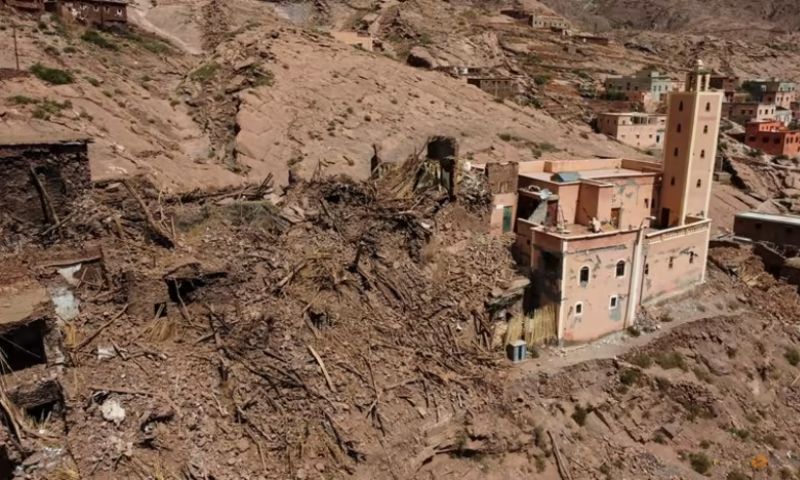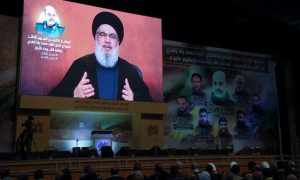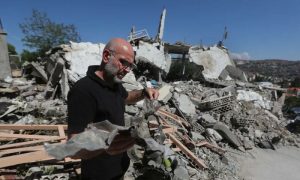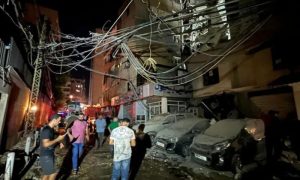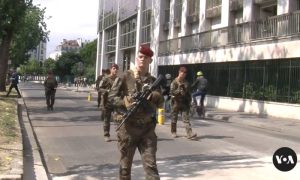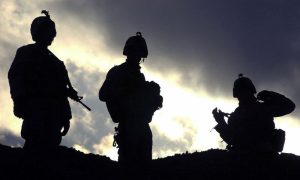RABAT: Villagers in some of the most isolated areas hit by Morocco’s earthquake are still living in makeshift tents and relying on donkeys to carry vital supplies as they waited for government aid nearly a week after the disaster.
The 6.8-magnitude earthquake that struck the High Atlas Mountains late on September 8 killed 2,946 people and injured 5,674, according to the latest official figures, making it Morocco’s deadliest since 1960 and the strongest since 1900.
While orderly encampments of large, government-issued tents and military field hospitals have sprung up in some of the larger cities, parts of the rugged region still survive on donations left by citizens on roadsides.
Journalists traveling along a remote road connecting Amazigh, or Berber villages saw survivors camped out in small tents or under plastic tarps, terrified that aftershocks could destroy their damaged homes.
“We Amazigh feel like foreigners in our country. We feel isolated. People here are in need. They feel they are alone,” said 20-year-old Radouen Oubella in his village of Ázermoun, France 24 reported.
Oubella echoed long-standing complaints of Amazigh marginalization in the majority Arab nation.
Governmnet claims helping earthquake’s victims
The government said it was doing everything it could to help all victims of the earthquake.
The royal palace said in a statement Thursday that 50,000 houses were known to have been damaged by the earthquake and would provide shelter and 30,000 dirhams ($3,000) to affected households.
It also pledged to offer reconstruction aid of 140,000 dirhams for collapsed houses and 80,000 for damaged houses.
The city of Marrakech, which was about 72 km (45 miles) from the epicenter and suffered some damage, will host the annual meeting of the World Bank and International Monetary Fund as planned for Oct. 9-15, Morocco’s central bank governor said on Thursday.
But in the Amazigh villages, there was little sign that help from the authorities would materialize or that life would return to normal anytime soon.
On the hill at Ázermoun, the men split up and loaded supplies of food and water onto donkeys and mules to transport to Aoufour, about 15 km away, in a slow-moving convoy of men and animals.
When the convoy was ready, Zidane mounted one of the animals and began the long journey home. Another convoy would take another two or three days to organize.
In a valley down a steep slope from the heavily damaged village of Anzelfi, residents set up camp with a few tents, blankets, carpets and other salvaged items.
“We are still waiting for the government to help us,” said 30-year-old Mohamed Oufkir. “We’re here because we’re homeless.
He stated, “We are in risk because the valley can flood when it rains. He said that it got really cold at night.
Ibrahim Meghashi’s home in the village of Tagsdirt was still standing but had numerous large holes and extensive wall fissures.
He was too scared to stay inside, and his wife and three daughters, aged six, 10 and 15, lived in a makeshift tent. They lined the dirty floor with cardboard and mats and stacked mattresses on top of each other.
“We are very scared. Life here is getting harder and harder. It is cold. We no longer have a home and we are afraid that another earthquake will come,” said 39-year-old Meghashi.
“The government doesn’t care about us. We feel marginalized. We’re angry.”









